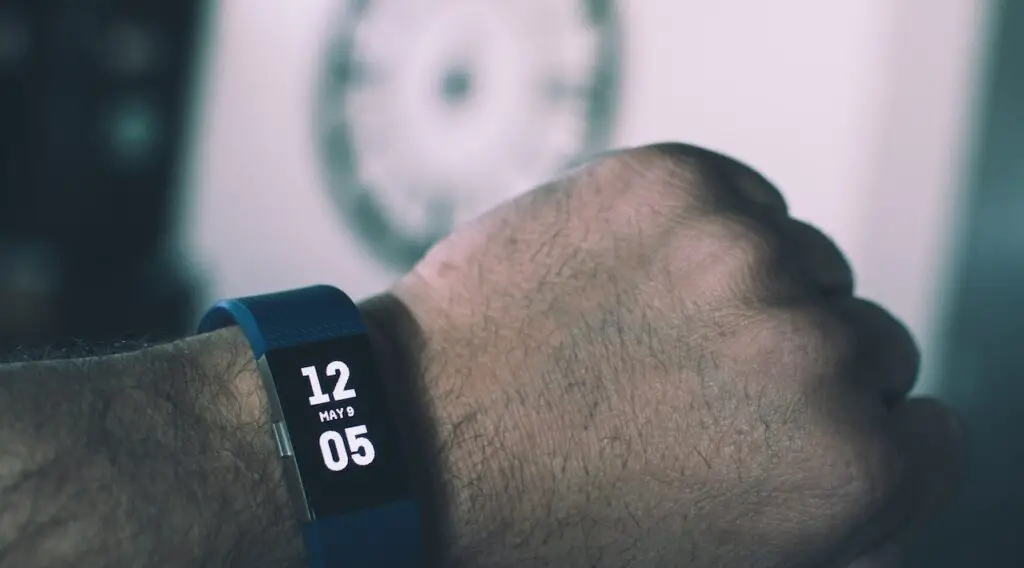If you’ve noticed that your Fitbit time is slow, rest assured, this is a fixable issue. Many users have faced this problem, and by following this comprehensive guide, you can easily rectify it.

My Fitbit Time Is Slow: Understanding the Issue
Before jumping into the solutions, it’s crucial to understand why this issue might occur. Your Fitbit device, like any electronic gadget, operates based on an intricate system of software and hardware components.
The device’s internal clock is responsible for displaying the time, but sometimes, external factors like software glitches, connectivity barriers, or outdated firmware can lead to discrepancies in the time display.
Troubleshooting Solutions
If your Fitbit time is slow, do the following to fix it.
Ensure Proper Syncing
Syncing ensures that the data between your Fitbit device and your Fitbit app are consistent. Proper syncing is crucial not only for accurate activity tracking but also for maintaining the correct time display. Here’s an in-depth guide to achieving a successful sync:
Bluetooth Connectivity: Ensure Bluetooth is enabled on your smartphone. Bluetooth is the primary mode of communication between your phone and Fitbit.
Need a new phone, check out this SAMSUNG Galaxy S23+ Plus Cell Phone on Amazon.
Close Proximity: Bring your Fitbit device close to your smartphone. Ideally, they should be within a few feet of each other.
Fitbit App: Open the Fitbit app on your smartphone. If you haven’t downloaded it, it’s available on both the Apple App Store and Google Play Store.
Profile Access: Within the app, tap on your profile picture or icon, typically located at the top-left corner. This will take you to the device list.
Manual Sync: Choose your Fitbit device from the list. Tap on the ‘Sync Now’ option. This forces an immediate sync between the device and the app. Once the process completes, check if the time on your Fitbit adjusts to the correct time.
Check Time Zone Settings
The time zone setting ensures that your Fitbit displays the time corresponding to your current geographic location. An incorrect time zone can be the reason behind the slow time display.
Access Advanced Settings: In the Fitbit app, after accessing your profile, look for ‘Advanced Settings’ or ‘System’. The exact naming can vary based on your app version.
Time Zone Selection: Within this menu, there’s a ‘Time Zone’ option. Tapping this presents you with a list of global time zones. Scroll through this list to find and select the one that matches your current location.
Automatic Time Zone: Some versions of the Fitbit app offer an ‘Automatic’ time zone option. By choosing this, the app uses your phone’s location services to automatically set the correct time zone, eliminating any manual errors.
Update the Firmware
Firmware is the built-in software that powers your Fitbit. Keeping it updated ensures that bugs are fixed, new features are added, and performance is optimized. Here’s how to update it:
Charge Your Device: Before starting any update, ensure your Fitbit device has ample charge, preferably above 50%. This prevents the device from shutting down during the update process.
Fitbit App: Open the Fitbit app and navigate to the device dashboard.
Update Notification: If there’s a firmware update available, you’ll usually see a blue banner or an ‘Updates’ section. Click on it.
Installation: Follow the on-screen prompts to install the update. Ensure the Fitbit stays close to the phone throughout the process. Once completed, your Fitbit will restart with the updated firmware.
Step 4: Reset Your Fitbit
Resetting your Fitbit can resolve many minor software glitches, including the slow time issue. Think of it as a fresh start for your device. Here’s how to do it:
Locate the Button: Most Fitbit models have one or more buttons on the sides. Familiarize yourself with their locations.
Initiate Reset: Press and hold the button(s) for about 10 seconds. If your Fitbit has a touchscreen, you’ll see the Fitbit logo flash, indicating the reset is successful. Release the buttons afterward.
Data Safety: A reset does not erase your tracked activity or personalized settings. It merely reboots the system to clear potential glitches. However, as a best practice, always sync your Fitbit before initiating any reset to ensure all your recent data is saved in the app.
Following these in-depth steps ensures a thorough understanding of the processes and addresses potential concerns regarding the “My Fitbit Time Is Slow” issue. If the problem continues after these steps, contacting Fitbit’s official support or seeking help from an authorized service center is advised.